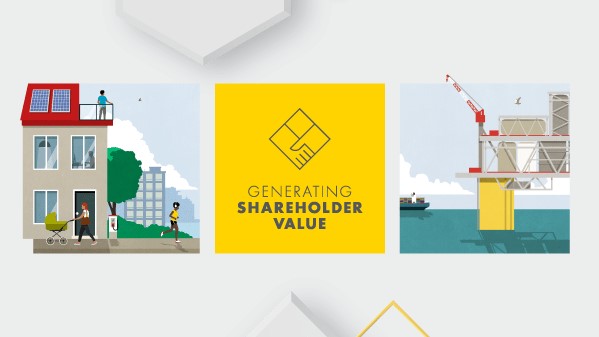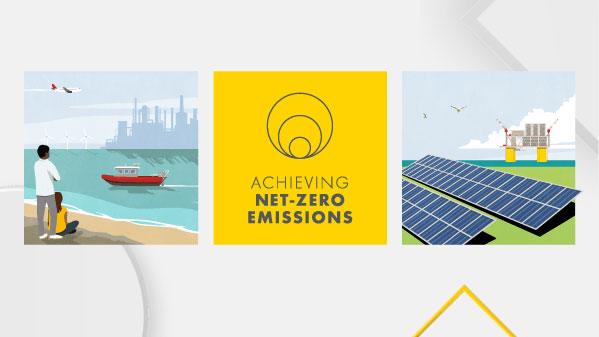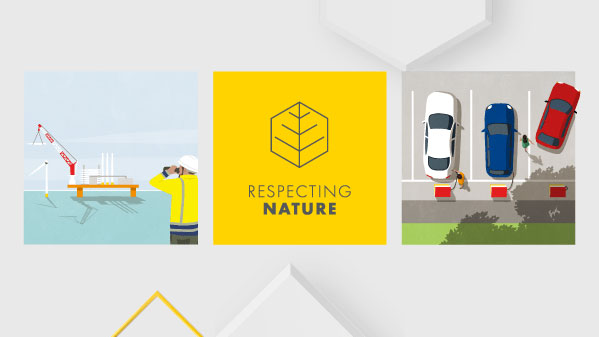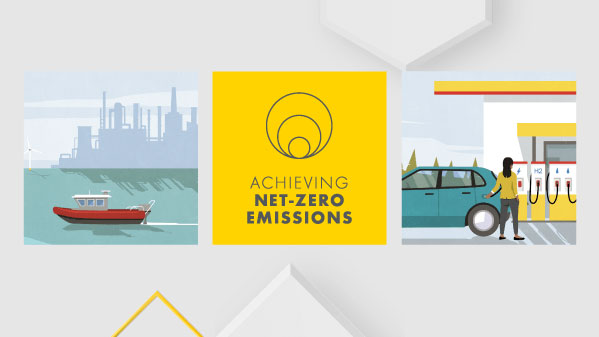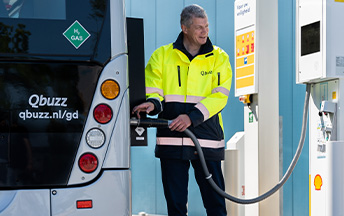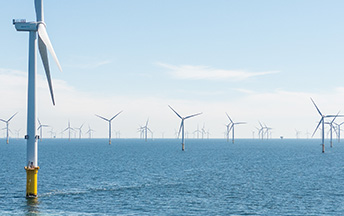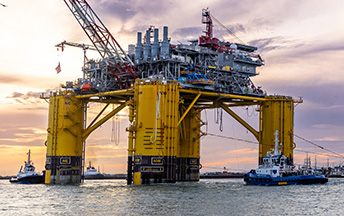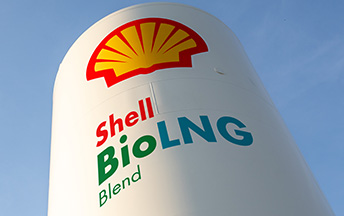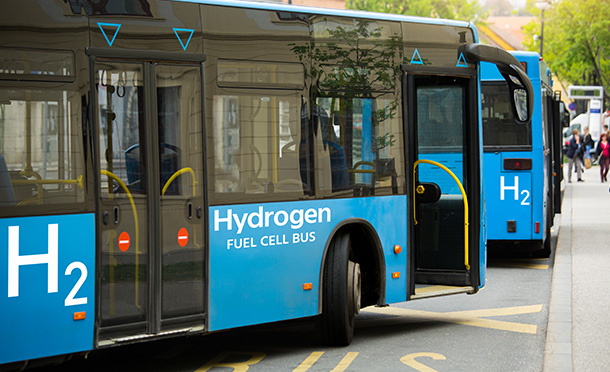Chief Executive Officer’s introduction
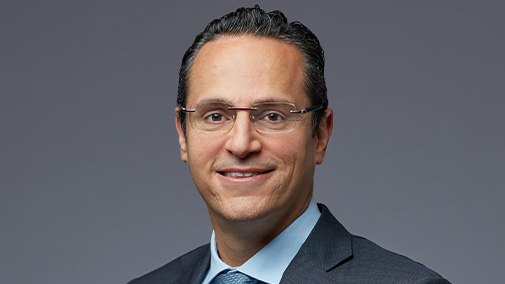
Chief Executive Officer
The Russian invasion of Ukraine has had significant effects on the global energy system, with many countries needing to replace the supplies of natural gas that previously came from Russia.
Governments acted swiftly. The European Union’s REPowerEU plan and the Inflation Reduction Act in the USA gave strong support to renewable energy. In Germany, two floating storage and regasification terminals were up and running by the end of the year, allowing the country to import more of the liquefied natural gas (LNG) it needs.
But the energy system still faces huge challenges as high energy prices continue to contribute to a cost-of-living crisis for many people. These challenges have highlighted the need for a balanced energy transition: one in which the world achieves net-zero emissions, while still providing a secure and affordable supply of energy.
Supplying vital energy
In this report, we show the progress we have made towards becoming a net-zero emissions energy business by 2050, as we continue to supply the vital energy the world needs during a time of great volatility.
I am especially proud of the progress we have made in reducing carbon emissions from our operations, with a 30% reduction by the end of 2022, compared with 2016 on a net basis. That puts us more than halfway towards our target to reduce them by 50% by 2030.
We also continued to change the energy mix of our portfolio. By the end of 2022, the net carbon intensity of the energy products sold by Shell had fallen by 3.8%, compared with 2016. Our analysis, using data from the International Energy Agency, shows the net carbon intensity of the global energy system fell by around 2% over that time [A].
Beyond our immediate performance against our targets, we have taken other important steps to advance our strategy. In LNG, for example, we expanded what is already a world-leading business. We expect that LNG will play a key role in a balanced energy transition. It produces fewer greenhouse gas emissions than coal when used to generate electricity, and fewer emissions than petrol or diesel when used as a fuel for transport.
In 2022, we joined two exciting projects in Qatar, including what will be the largest LNG project in the world. These projects will use carbon capture and storage, helping to reduce emissions.
Investing in low-carbon projects
At the same time, we made significant moves to increase our supply of low- and zero-carbon energy, in line with our strategy. In 2022, we invested $1.6 billion in Indian renewable power developer Sprng Energy. We also announced the acquisition of Denmark’s Nature Energy, which produces renewable natural gas from agricultural, industrial and household waste, for around $2 billion.
Our Powering Progress strategy is designed to transform Shell into a net-zero emissions energy business, while generating strong returns for our shareholders. We will use the strength of our brand, customer relationships and balance sheet to add value to these acquisitions.
With Nature Energy, for example, we expect to make strong returns from our investment because we already have customers for biofuels in commercial road transport and shipping, and the trading expertise to connect opportunities in supply and demand.
Similarly, the strength of our integrated portfolio gives us confidence in our investment in Holland Hydrogen 1 in the Netherlands, which will be Europe’s largest renewable hydrogen plant. The power for the electrolyser will come from an offshore wind farm that is partly owned by Shell. The renewable hydrogen will be used at the Shell Energy and Chemicals Park Rotterdam to help decarbonise the production of products like petrol, diesel and aviation fuel. Renewable hydrogen can also be used for commercial road transport, a sector where we already have a leading position in Europe.
Building on our strengths
In 2022, we invested $8.2 billion in low-carbon energy and non-energy products, around a third of our total cash capital expenditure. Of that, we invested $4.3 billion in low-carbon energy solutions, including biofuels, hydrogen, charging for electric vehicles and renewable power generation. The remaining $3.9 billion was spent on non-energy products such as chemicals, lubricants and convenience retail, which do not produce emissions when they are used by our customers.
As we invest in the energy transition, we will continue to build on our competitive strengths. We will earn the trust of investors and the right to grow these emerging businesses by demonstrating that we can deliver strong returns.
Shareholder support
In 2021, 89% of shareholders at our Annual General Meeting voted in favour of Shell’s energy transition strategy, which centres on our target to become a net-zero emissions energy business by 2050. As you will read in this report, we have made good progress in the first two years of that strategy by reducing emissions from our operations, and by making more low- and zero-carbon products available to our customers. Today, I ask our shareholders for their continued support, by voting in favour of the progress we are making on our journey to net-zero emissions.
[A] For more details see shell.com/energytransitionfaq

